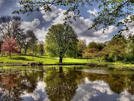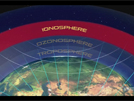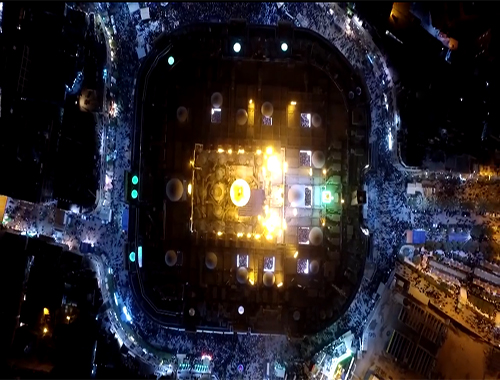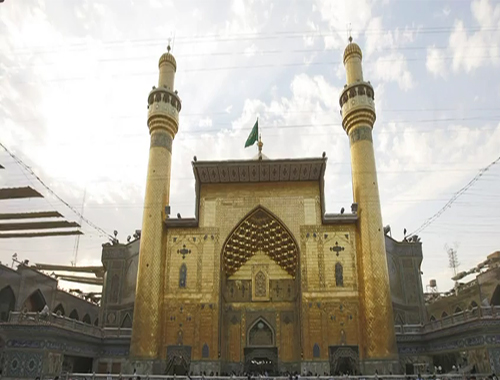DISCOVERY OF HYDROGEN
- Details
- Hits: 2163
In his academy many new subjects were taught which had never been taught before. Since the books on those subjects were not available in Arabic, it became necessary to translate them into Arabic so that all students could benefit from them.
For teaching physics, chemistry and other science subjects there was a laboratory attached to his institute. It was a very small laboratory, but it was sufficient for the needs of his students.
It was not a miracle of Ja’far as-Sadiq (a.s.) that he moved the mountain which no logical mind would believe, but his greatest miracle was that twelve and a half centuries ago he discovered the presence of oxygen in the air.
His father, Muhammad al-Baqir (a.s.), who was also a great scholar, had discovered the presence of hydrogen in water. He had also found out that it was a highly inflammable gas. That is why he said that water could be turned into fire. Ja’far as-Sadiq (a.s.) must have known about the presence of hydrogen in water through his father, but he himself discovered the presence of oxygen in the air.
We do not know if Ja’far as-Sadiq (a.s.) was able to obtain pure oxygen and hydrogen or not. The discovery of these two gases depended upon their separation from air and water. Separation of hydrogen from water was more difficult than separation of oxygen from air. Pure oxygen is available in the air, but pure hydrogen is not available anywhere. That is why hydrogen could not be obtained till sufficient power was developed and water was hydrolyzed.
We are surprised how Ja’far as-Sadiq (a.s.) and his father were able to discover hydrogen, which is a colourless, odourless and tasteless gas and does not exist freely in nature. They could not have identified this gas and found out its properties without separating it from water through the process of hydrolysis, which was impossible without a strong current of electricity.
The first person who was able to separate hydrogen from water in modern times was the English scientist Henry Cavendish, who died in 1810 at the age of 81. After working hard for many years he was able to hydrolyze water and obtain hydrogen. On May 27, 1766 he placed a burning stick near a container full of hydrogen. Instantly it caught fire. The container exploded and fire spread everywhere. If members of his household had not rushed to his rescue, the whole house and its contents would have been burnt. He escaped with some injuries to his hands and his face. Through that bitter experience, Cavendish learnt that hydrogen is highly inflammable.
It was a general belief that water was nothing but liquid air because it evaporated in heat and became part of the air. Then it came down again in the form of rain.
Cavendish, through his experiments, proved that it was not liquid air, although he himself called hydrogen “Inflammable air.” It was Lavoisier, the French chemist, who gave the name of hydrogen to this gas.
In the time of Ja’far as-Sadiq (a.s.) electricity was not available. Had he and his father employed some other means, which modern scientists do not know, for separating hydrogen gas from water without the use of electricity? This great discovery was not possible through philosophical speculations and guesswork.
The pollution of air arising from excessive use of fossil fuel for producing energy has caused Americans to consider using hydrogen as an alternative source of energy. But the problem of separating it from water without the use of electric current has not been solved yet.
Imam Reza (AS) Network











